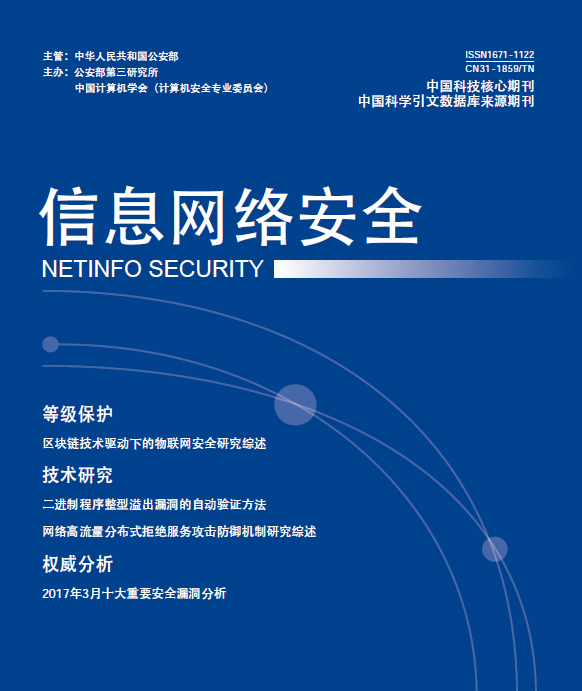Cloud computing is a new service model, which has the advantages of low cost, high resource utilization, high flexibility, easy expansion, high reliability and so on, It provides an opportunity for the information system in the field of aerospace test, which is based on the extension of the system architecture, the sharing of system resources, the generation of task ability, and the optimization of operation mode. But at present, cloud computing technology has not been applied and verified in the field of aerospace test. According to the requirements of real-time, reliability and security, the single center cloud computing technology application verification platform is built in this paper, At the IaaS level, the feasibility of the application of cloud computing technology in the field of aerospace test tasks is tested and verified. Based on the analysis of the test results, a preliminary conclusion is obtained: Cloud computing platform can be applied to the space test mission computing intensive business, for I/O intensive business, it is recommended to use the traditional physical machine.

